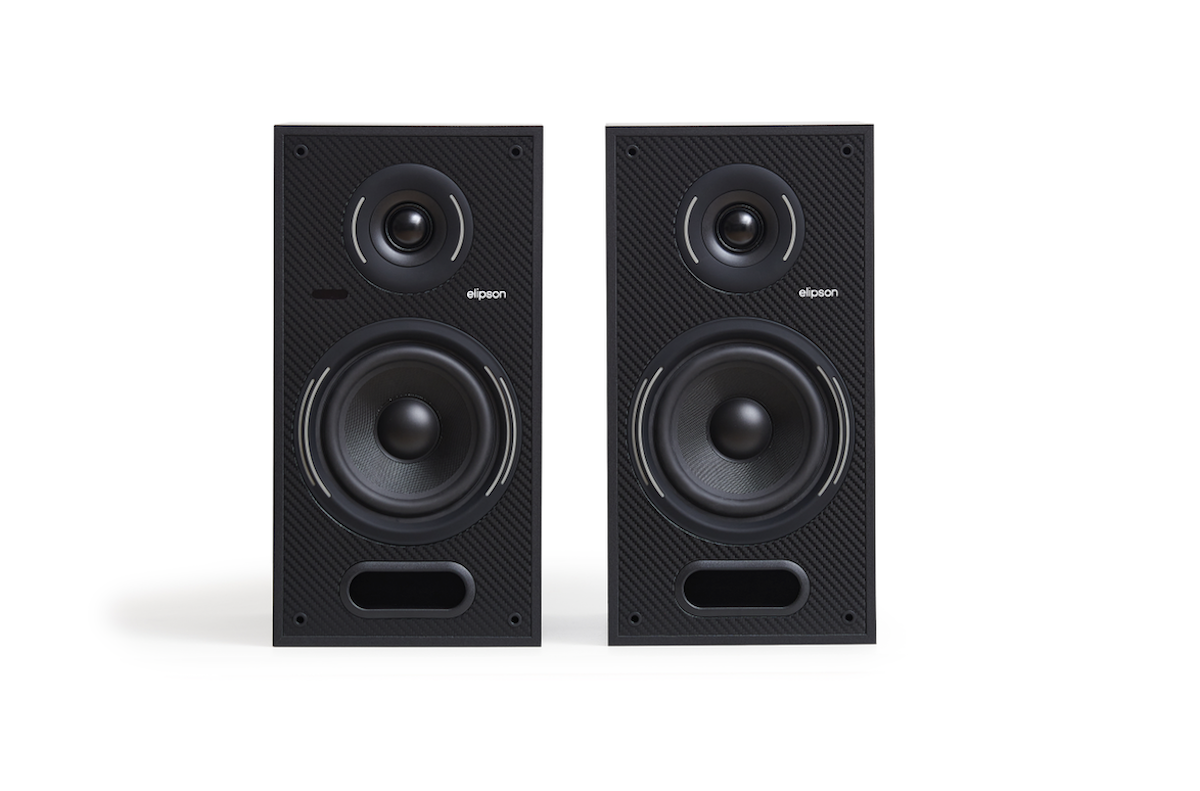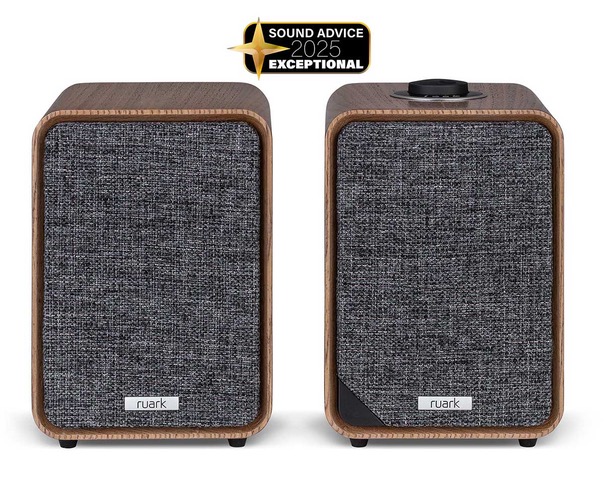Stereo speakers: Powered

Powered speakers just need a source of music to fill your home with excellent quality music a music streamer, CD or turntable will fit the bill nicely
Your guide to: Powered speakers
Not to be confused with an active speaker – where each driver has its own power amplifier inside the cabinet – a powered speaker features one amplifier for each speaker cabinet's driver array. The result is a design with a short signal path – audiophiles love a short signal path – but more affordable price tags are up against active offerings. Sometimes, the powered speaker system's amplification sits in just one of the speaker cabinets, with a connecting cable between the controller speaker and its responder. Other times, each speaker housing contains electronics. As with active speaker designs, powered speakers need powering via the mains. They can be more expensive than a passive speaker but you save money by not needing an amplifier to power them
Active
Active speakers come complete with built-in amplification. The design, partly thanks to its ability to work with lower signal levels, can deliver an extremely accurate, optimised sound. Further advantages include the fact that engineers can precisely tailor the amplification to the drive units. Active speakers with streaming built-in are increasingly popular, no doubt thanks to the reality of a neat, all-in-one design therefore no need for a heap of other electronics. However, the active speaker's all-in-one approach removes the upgrade path, where you can chop and change amplification. Essentially, a passive speaker is a caravan, while an active speaker is a motorhome.
Crossover
An audio crossover is an electronic filter that splits the audio signal into two or more frequency ranges, for example, between a two-way speaker's woofer (bass) and a tweeter (treble). This technique avoids drivers sharing the same frequency ranges and the resulting distortions. The crossover also protects the loudspeaker – without it, your tweeter would likely be blown to smithereens. Not good. With a three-way speaker, the crossover divides the signal into three, each for low, mid, and high frequencies.
A passive crossover doesn't need an external power source: the crossover filters use passive components and can only attenuate the signal and, typically, everything happens in the speaker, between the input from the amplifier and the drive units.
With an active crossover design, the frequency split is achieved upstream of the amplifiers, at line level using active (powered) crossover filters which can amplify and attenuate the signal. Following the crossovers, there is a separate amplification channel for each driver, only carrying the frequency range for that driver, for greater clarity and control.
Loudspeakers that use active crossovers are known as active speakers. Small to mid-size active speakers typically contain both crossover and amplification. Larger active speakers may use separate standalone active crossovers and multiple amplifiers, but the principle is the same. Powered speakers have amplifiers in them, but work more like a passive system, with a passive crossover between the amp and the drivers: they’re convenient, but don’t have the benefits of true active designs.
Bookshelf
Bookshelf speakers - also known as standmounts - do not have to sit on a bookshelf. But while the compact size lends itself to the likes of shelves and tables, you'll invariably get the best sound if you place bookshelf speakers on dedicated speaker stands. Like all speaker designs, experiment with room placement, checking mid and bass performance changes when adjusting the distance from the rear and sidewalls. The tweeter should sit at roughly ear height to your listening position, and the speakers should be positioned to create a deep soundstage. To boost your soundstage, don't be afraid to pull the speakers away from the rear wall and use an atmospheric recording to test – Master and Commander: The Far Side of the World is a terrific disc for this purpose. You can find an excellent quality recording on Tidal
Floorstander
Also called towers, floorstanding speakers sit on the floor, so don't require speaker stands. For those looking to fill a larger room with music, a floorstander complete with its larger cabinet and increased driver size may be the solution. But the extra material required to build a floorstander can push up prices, so don't write off a standmounts.
Speaker cable
Some view speaker cable, used to connect your speakers to your amplifiers, as a necessary evil – draping its ugly self around your room messing with the feng shui. To others, speaker cable is a cost-effective way to upgrade a hi-fi system. Our advice is to try before you buy. And ensure that your speaker cable is professionally terminated – it'll look nicer, fit better, and – potentially! – sound better.
Speaker grille
The speaker grille's main job is to protect the speaker's delicate drivers from unwanted attention. Think cats, dogs, dust, and little people's curious fingers. Some makers also offer a choice of coloured grilles, helping you match your hi-fi system to your décor.




